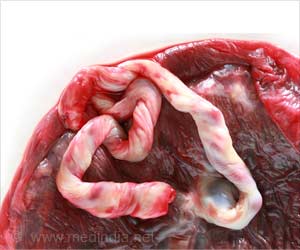A team of researchers has for the first time identified a key mechanism that makes certain cells become tumourous in the brain.
A team of researchers has for the first time identified a key mechanism that makes certain cells become tumourous in the brain.
The resulting tumours occur most often spontaneously but can also occur in numbers as part of the inherited disease Neurofibromatosis type 2.The tumours are caused by mutations affecting a protein called Merlin, which in turn causes cancers in a range of cell types including Schwann cells. Schwann cells produce the sheaths that surround and insulate neurons.
The new research examines for the first time the role of Merlin in the cell nucleus. It explains how Merlin regulates cell proliferation, and how it regulates gene expression. Normally Merlin inhibits the development of tumours at a cell nucleus level - mutations affecting Merlin affect its ability to inhibit.
By understanding this mechanism for the first time, the way is open for the development of effective therapies for a condition in which no treatment other than surgery exists, say researchers.
In neurofibromatosis 2, the sheer number of the tumours can overwhelm a patient, often leading to severe disability and eventually death. Patients can suffer from 20 to 30 tumours at any one time, and the condition typically affects older children and young adults.
No therapy, other than invasive (radio)surgery aiming at a single tumour and which may not eradicate the full extent of the tumours, exists.
Advertisement
"This has been an exciting collaboration with colleagues in the United States resulting in a landmark publication. Until now, there has been no meaningful work on the role of Merlin in the nucleus," Professor Oliver Hanemann, who led the research from the Peninsula Medical School in Plymouth (UK), said.
Advertisement
The research is published in the highly respected journal, Cell.
Source-ANI
TAN















